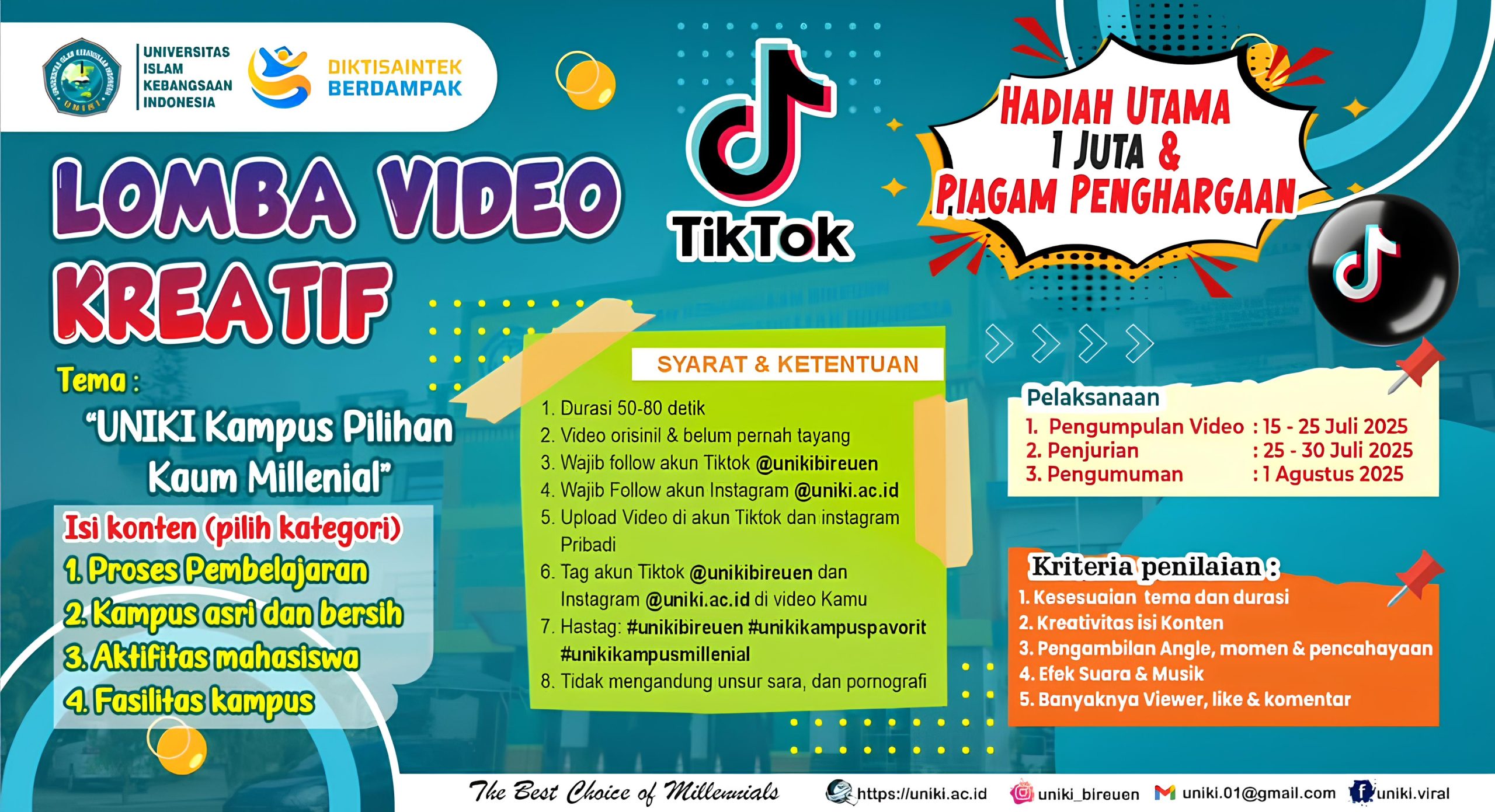What are the different types of artificial intelligence? University of Wolverhampton
The Gartner Magic Quadrant provides a graphical depiction of different types of technology providers and their position in fast-growing markets.. Your personalised viewing suggestions on Netflix, the Daily Mixes on Spotify and the autofill on Google queries are all examples of different kinds of AI and ML. Consumers view these as really helpful and demonstrate ways in which the technology, (and they don’t care or want to know which technology is involved) is improving their lives. Businesses and consumers relate to technological advances in similar ways – how can this tech make my life better? They liked the content available on VHS, it made their life better and Betamax was forgotten. We were already exposed to such a kind of ideas right from the time movies like Terminator and Matrix were made.
It involves designing algorithms that enable systems to automatically improve their performance through experience, iteratively refining predictions, classifications, or outputs. AI can be broadly understood as any system that exhibits behaviour or performs tasks that typically require human intelligence. It encompasses various approaches, including machine learning, expert systems, rule-based systems and symbolic reasoning. Machine learning, a subset of AI, uses trained models to interpret and analyse complex data sets.
Using AI in dynamic price setting for circular business models
These would analyse their opponents moves against millions of potential counter moves and choose the one with the highest chance of an overall successful outcome. ETL refers to the process of extracting data from a source system, transforming it into the desired format, and loading it into a target system. Data integrity is the process of maintaining the accuracy and completeness of data over its entire life cycle and how it is applied.. Sign up for a dose of business intelligence delivered straight to your inbox. Organisations like Netflix and Spotify have been excellent at putting the consumer benefits derived from AI and Machine Learning front and centre rather than mentioning the technology at all.
What is AI and how does it work? – Android Police
What is AI and how does it work?.
Posted: Sat, 16 Sep 2023 11:00:00 GMT [source]
Artificial Intelligence (AI) and Machine Learning (ML) are closely related fields but have distinct meanings and scopes. AI refers to the development of machines or systems capable of performing tasks that typically require human intelligence. This combines https://www.metadialog.com/ a wide array of capabilities, from natural language processing and problem-solving to pattern recognition and decision-making. On the other hand, Machine Learning is a subset of AI that focuses on equipping machines with the ability to learn from data.
Case Studies – Design
Our business is based on best practice, recognised quality procedures and a commitment to continuous development and improvement. When you need high quality IT professionals delivered within a robust framework of contractor services, we know we can deliver. Certes has been established for nearly 40 years and helps organisations access
the best IT talent for their everchanging needs. Many organisations undertaking
digital transformation projects require varying levels of resource and Certes have
a number of solutions that can be adapted to your requirements.
The data processing step is done by machine learning in order to find the patterns and trends. And then, it is artificial intelligence that tweaks the algorithms until the best results are found. As mentioned before, machine what is the difference between ai and machine learning? learning is a subset of Artificial intelligence. That is, artificial intelligence and machine learning work together to make a perfect system in which the processes are streamlined, and the tasks are performed flawlessly.
All results provided by the predictor are made available to
scheduling administrators who can then make informed decisions based on
the predicted range. The tool empowers users to assess the
probability of failure, for instance, by indicating that processing the
solution at a certain speed had a 90% chance of failure. Users have the
final say in processing decisions and can infer the likelihood of
failure by processing the product under different conditions. The likelihood is that there will always be ways that you can get better data for your model. This does not necessarily mean that your existing data is ‘bad’, but rather that there may be opportunities to enhance the quality, diversity or fullness of the data. Determine the schedule and approach for feeding in new data and retraining your model.
This flexibility helps optimise scheduling and dosage processes while ensuring compliance with contractual obligations. Functions like Test and Evaluate helped ensure that the model was
accurate and performing as expected. These functions enabled the model
to be tested on unseen data and helped evaluate its performance by
providing metrics related to accuracy and precision.
The history of AI and machine learning
In order to find solutions to various business challenges and address real-world issues, data scientists build systems that collect and analyze a variety of information. Data science employs machine learning to facilitate pattern recognition and streamline the analysis of data. Google created a computer program with its own neural network that learned to play the abstract board game Go, which is known for requiring sharp intellect and intuition. In a finance context, machine learning algorithms have helped firms make sense of noisy and complex data sets. For example, they have been employed successfully to help analysts distil hundreds of potential indicators of future investment returns to a few, more robust, measures.
Despite the challenges, I believe there are opportunities to use machine learning to improve financial decision making. It is important to understand the difference between AI and machine learning to help differentiate between marketing puff and real use cases. There’s a human behind the technology – a data scientist who understands the insights and sees the figures. Traditional programming and machine learning are essentially different approaches to problem-solving. Machine learning has a wide range of applications, including language translation, consumer preference predictions, and medical diagnoses. Artificial Intelligence at Cranfield University prepares talented graduates with a strong knowledge of the transformative potential of AI with a fundamental interest in machine vision, artificial intelligence and computer science.
Machine learning is a set of methods that computer scientists use to train computers how to learn. Instead of giving precise instructions by programming them, they give them a problem to solve and lots of examples (i.e., combinations of problem and solution) to learn from. As we move forward, understanding these distinctions will be crucial in harnessing the full potential of AI, Machine Learning, and Generative AI. Whether it’s solving complex problems, making predictions, or fostering creativity, these technologies are shaping the way we interact with machines and the possibilities they offer.
Maximize the Potential of AI and Machine Learning for Quality Assurance – Express Computer
Maximize the Potential of AI and Machine Learning for Quality Assurance.
Posted: Thu, 14 Sep 2023 07:48:44 GMT [source]
AI applications can exacerbate existing risks, introduce new ones, or generally make risks more difficult to assess or manage. Decision-makers in your organisation should therefore reconsider your organisation’s risk appetite in light of any existing or proposed AI applications. Along the way, we’ll also take a closer look at how our Computer Science with Artificial Intelligence MSc will equip you with the expertise you need to build a smarter tomorrow. A big drawback here is the maintenance required for these physical servers, which incur large costs and can lead to diminished returns in the long run. For Example, Online shopping sites, AI-powered safety features in cars, and the analysis of genetic code to identify medical conditions, among other things.
This meant establishing the characteristics of what was an accurate bill, so that the model could gain a deep understanding of what constituted an incorrect or overinflated estimate. This data then underwent thorough preprocessing, including cleansing and transforming the dataset, to ensure that inputs were meaningful and could be effectively used for training the model. Historical data that could be used to train the model was provided and imported into the model. The range of file types supported by ML.NET, including CSV files and SQL Server databases, made this a seamless and efficient process. The historical data could then be used to build a customised linear regression model in ML.NET. The first step in building the model was to define the scenario that we wanted to solve.
What are the types of machine learning?
There are primarily three types of machine learning: Supervised, Unsupervised, and Reinforcement Learning. Let's explore and understand the different types of machine learning one by one.





